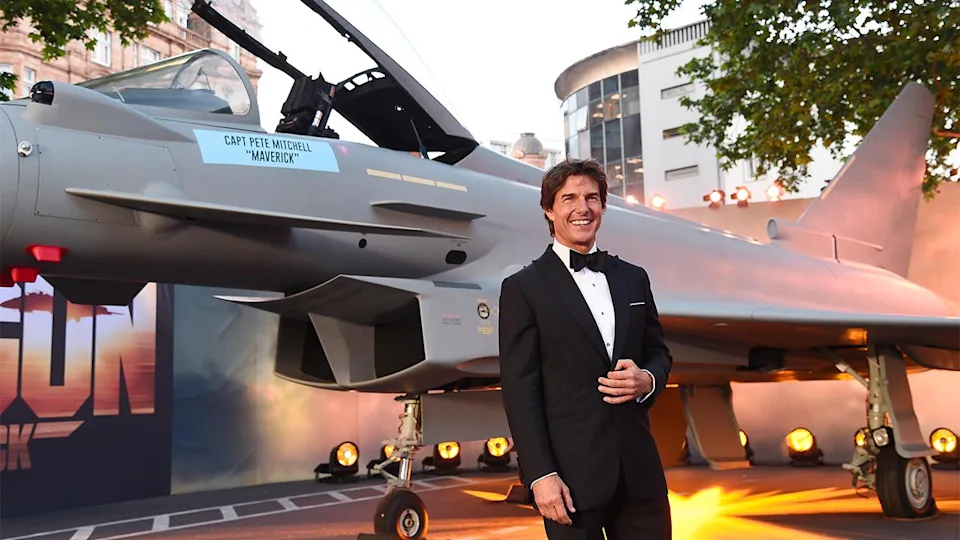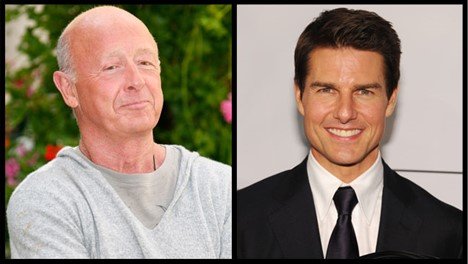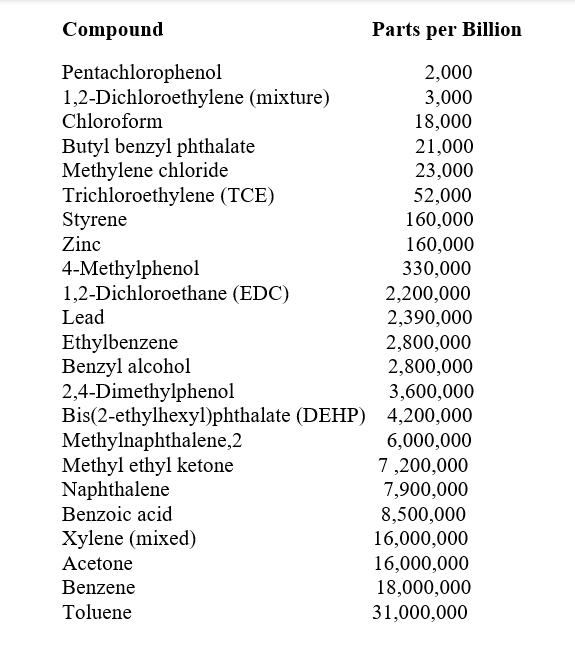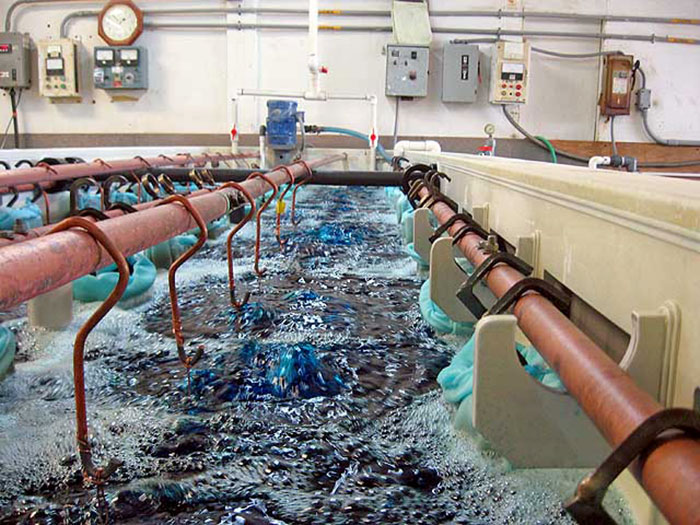Top Gun Maverick – A Counter-Narrative
By Pat Elder
June 11, 2022
Tom Cruise attends the UK premiere of "Top Gun: Maverick" at Leicester Square on May 19, 2022, in London. - Eamonn M. McCormack/Getty Images for Paramount Pictures
I saw “Top Gun: Maverick” yesterday. It was absolutely horrible. The film sets a new standard for state-orchestrated, pro-military, mass indoctrination. Goebbels, chief propagandist for Hitler’s Nazi Party, would be in awe of the shiny death plane and the spotlights and the movie star in his tuxedo.
Tom Cruise stars as Captain Pete Mitchell in Top Gun: Maverick. In 1990, Cruise expressed misgivings about the original film when he said, “Some people felt that ‘Top Gun’ (1986) was a right-wing film to promote the Navy. And a lot of kids loved it. But I want the kids to know that’s not the way war is. That’s why I didn’t go on and make ‘Top Gun II’ and ‘III’ and ‘IV’ and ‘V.’ That would have been irresponsible.” - Indiewire
That was 32 years ago. Men change their minds about things.
Tony Scott, the director of the original Top Gun movie in 1986 also changed his mind about things. Tragically, Scott took his own life on Sunday, August 19, 2012 at age 68 when he plunged to his death from the Vincent Thomas Bridge in San Pedro, California. Two days before, Scott and Cruise were together to research their planned Top Gun sequel for Paramount. Scott and Cruise were in Nevada touring Fallon Naval Air Station as part of their research for the movie. Fallon is home to the real Naval Fighter Weapons School, popularly known as Top Gun.
Director Tony Scott and Tom Cruise Hollywood Reporter
Tony Scott was a brilliant director and he was loved by many. He left notes in his car and his Los Angeles office. One explained why he took his own life, but the note was never disclosed in public, leading people to wonder what he was thinking. Perhaps he thought like Judas Iscariot who flung the 30 silver pieces into the temple before hanging himself. “I have sinned,” Judas said, “for I have betrayed innocent blood.”
Before the release of Top Gun, Hollywood reflected a wave of anti-militarism that existed in the country after the Vietnam War exposed American war crimes and imperial ambitions. Films like The Deer Hunter and Apocalypse Now fed the public’s disgust for the military. That changed with the release of Top Gun in 1986. The film conquered the box office, as well as the hearts and minds of most Americans, especially those of enlistment age. Following its release, droves of youth lined up to enlist in hopes of becoming fighter pilots.
See Chapter Six, “Hollywood Pledges Allegiance to the Dollar” in my book, Military Recruiting in the United States
Director Oliver Stone said the original Top Gun “was essentially a fascist movie. It sold the idea that war is clean, war can be won. Nobody in the movie ever mentions that he just started World War Three!”
Val Kilmer, who played the character of Tom Kazansky, aka Iceman, in both movies, once admitted that he didn't want to appear in the film, eventually admitting in the documentary "Val" that he disagreed with its glorification of the military.
Several actors and musicians declined to appear in Top Gun because they believed the movie glorified war. Among those who disagreed with the politics: Matthew Modine, Linda Fiorentino, Bryan Adams and Bruce Springsteen, born in the USA.
The Who allowed Won’t Get Fooled Again to be blasted in theatres world-wide while Cruise’s killer team practiced their Mach-whatever acrobatics.
For what it’s worth, the National Review published a list of the 50 greatest conservative rock songs. At the top of the list is The Who's "Won't Get Fooled Again," a song about "disillusioned revolutionaries" who've forsaken their naive idealism.
Pete Townshend wrote the song about revolution. In the first verse, there is an uprising. In the middle, they overthrow those in power, but in the end, the new regime becomes just like the old one. ("Meet the new boss, same as the old boss"). Townshend felt revolution was pointless because whoever takes over is destined to become corrupt. What does he know?
The Navy sure liked it!
Actually, there is a stanza the Navy edited out of the version in the movie:
A change, it had to come
We knew it all along
We were liberated from the fold, that's all
And the world looks just the same
And history ain't changed
'Cause the banners, they all flown in the last war
===========
You figure it out. The Navy obviously didn’t like it.
The Navy wants us to move away from Jefferson’s advice in the Declaration of Independence. He wrote super-long sentences:
“Governments are instituted among men, deriving their just powers from the consent of the governed, That whenever any Form of Government becomes destructive of these ends, it is the Right of the People to alter or to abolish it, and to institute new Government, laying its foundation on such principles and organizing its powers in such form, as to them shall seem most likely to effect their Safety and Happiness.”
Most, however, fail to transcend their vicious propaganda.
Aside from fighting current wars and planning for new ones, the Pentagon spends a lot of time and energy viewing film. Recruiting-age youth increasingly rely on Tik Tok, Instagram, movies, television, YouTube and other video sources to inform and shape their world view. Their minds are malleable.
The kids are pliable.
Russ Coons understands this. He is the Director of the Navy Office of Information West located at 10880 Wilshire Boulevard, in LA.
The mission of the office is to “provide guidance and expertise during all phases of the creative process, from concept to post-production, in order to ensure an authentic, accurate portrayal of the Navy's assets, policies and people in popular culture.”
Got it.
The DOD is touchy about these things. Back in 1993, Paramount submitted a request to the Pentagon for assistance in filming Forrest Gump, the great American classic. They wanted to use Chinook helicopters and other Vietnam-era military equipment. The Army had reservations about the film and demanded numerous changes to the script. The brass didn’t like the scene when Gump bends over, pulls down his pants, and shows President Johnson the scar on his rear end. They didn’t like the way Gump referred to his commanding officer, Lt. Dan Taylor, by his rank and first name. They also didn’t appreciate the scene in which Lt. Dan is seen crying after being ordered to send his men on a dangerous mission. In the end, Paramount refused to yield to the Pentagon’s censors. The Forrest Gump script runs counter to the military’s desire to sanitize films to help with recruiting and retention. Unlike Top Gun, it didn’t send potential recruits rushing to local recruiting stations.
I liked Eileen Jones’ critique of Top Gun: Maverick in Jacobin. She asks, “Is it any use pointing out that the first Top Gun was a ludicrous piece of shit? That it was a functioning part of the Ronald Reagan administration’s insane military buildup and aggressive pro-war policies of the 1980s?”
Eileen Jones captures the plot: “Maverick comes out of retirement and is sent to Top Gun training school as a teacher, an assignment he doesn’t want and isn’t qualified for but succeeds at brilliantly. He’s got to train a best-of-the-best-of-the-best squad to fly a mission so impossible, it’s laugh-out-loud funny. The mission involves attacking a nameless country, blowing up their uranium supplies before they can weaponize them, and flying away before they can counterattack. But every aspect of the mission requires the kind of absurd, supernaturally skilled heroics that form the basis of Tom Cruise’s star image — only in this film, he has a team of little Cruise-lings who all have to do as he does in order to perform miracles too.”
Scenes were shot aboard the USS Abraham Lincoln in August 2018 during a training exercise involving the military’s F-35C Lightning II fighter jet, (They had to include Lockheed). The production was also filmed at Naval Air Station Lemoore in Central California, a severely contaminated swath of the earth, although we can no longer point to documentation because environmental records from Lemoore are no longer available on the NAVFAC website. NAVFAC is the Naval Facilities Engineering Command. It's website, https://www.navfac.navy.mil/ was purged of tens of thousands of environmental records.
I reached out to Sara Gonzalez-Rothi, Senior Director for Water with the Council on Environmental Quality in the Biden White House, but she didn't respond. I also contacted Rep. Steny Hoyer's office, but they were not helpful. Colleagues with various influential NGO's have been silent while a Navy contractor says "it's the idiots" who maintain the websites and that the data will gradually reappear.
The Lemoore data was available until Friday, June 3, 2022, a kind of digital Kristallnacht. The Nazis burned books while the masses were treated to propaganda films like Triumph of the Will. The Americans quietly delete webpages while controlling production of films like Top Gun: Maverick.
The F/A-18F Super Hornet by Boeing Defense, Space & Security, (2022 1st Q Revenues $5.5 billion) is the star of the movie, alongside Cruise, (films - $10.1 billion) The plane gets top billing in the movie rather than the more advanced F-35C built by Lockheed Martin. (2022 1st Q Revenue $15 Billion) That’s because the F-35 is a single-seat plane, so the actors couldn’t ride in them.
If there is a third Top Gun movie the propagandists may want to feature the F-35 because it can carry the B 61-12 nuclear bomb, whereas the F/A 18 Super Hornet cannot. The B 61-12 is about 22 times more powerful than the bomb that destroyed Hiroshima. Imagine the final scene in that movie! American movie-goers will love it while the Pentagon can justify producing 3,155 of bombs at $28 million each.
At the climax, the Top Gun pilots fly the four Super Hornets to destroy the bunker-hardened uranium depot. The heroes fly away while a massive fireball covers the movie screen. Mission accomplished!
The Munitions
What kind of bomb did they launch to do that and what does it do to the environment? We don’t know for certain, but the 2,000 pound BLU-109 hard-target-penetrator, guided by Joint Direct Attack Munition (JDAM), is a likely candidate. The weapon system is integrated on the Navy fighter-attack aircraft F/A-18F Super Hornet, the kind Tom Cruise flew. (not really.)
80 Blu-109 and Mark-84 bombs at the Wolf Pack Munitions Storage Area, Kunsan Air Base, Republic of Korea, October 23, 2014. US Air Force/Senior Airman Katrina Heikkinen
The 2,000 pound BLU-109 hard-target-penetrator is shown in this demonstration.
The 2,000 pound BLU-109 bomb was specifically designed to defeat an enemy's most critical and hardened targets, like the target our top gunners destroyed. The weapon penetrates the target intact to get to the deep interior of hardened sites, where a delayed-action fuse detonates the 550 pounds of high explosive Tritonal, ensuring complete destruction of the location.
General Dynamics manufactures the bombs. The company had 2022 first quarter revenue of $9.4 Billion, more than the annual gross national income of 50 nations on earth.
Tritonal
Tritonal is made up mostly of 2,4,6-trinitrotoluene, known as TNT, and widely used in U.S. military munitions. It accounts for a large portion of the explosives-related contamination at active and former military installations.
TNT presents various health and environmental concerns. Wastewater discharge from TNT manufacturing is a major source of TNT contamination in soil and groundwater at military ammunition plants (EPA 2005). The EPA regards TNT as a possible human carcinogen.
Potential symptoms of exposure may include irritation of the skin and mucous membrane, liver damage, jaundice, cyanosis, sneezing, cough, sore throat, peripheral neuropathy, muscle pain, kidney damage, cataract, dermatitis, leukocytosis, anemia and cardiac irregularities (NIOSH 2016)
The most likely routes of exposure to TNT are from drinking contaminated water or skin contact with contaminated surface water or soil. Potential exposure to TNT could also occur through inhalation, or by eating crops grown in contaminated soil (ATSDR 1995).
Here’s how the European Chemical Agency (ECHA) describes the dangers associated with 2,4,6-trinitrotoluene (TNT) :
Danger! This substance is explosive (mass explosion hazard), is toxic if swallowed, is toxic in contact with skin, is toxic if inhaled, is toxic to aquatic life with long lasting effects and may cause damage to organs through prolonged or repeated exposure.
ECHA says this substance may cause cancer, is suspected of damaging fertility or the unborn child and is suspected of causing genetic defects.
The chemical explosives we use to kill each other are slowly killing all of us. It’s a long story that isn’t being told. America dropped 26,171 bombs in 2016 alone, according to the Guardian.
Fallon Naval Air Station, Nevada is home to the Naval Fighter Weapons School, popularly known as Top Gun. The base is severely contaminated
Top Gun Maverick does not address environmental destruction caused by the Navy. It would have been a marvelous opportunity.
Although the environmental records from Fallon have been purged from the Naval Facilities Engineering Systems Command (NAVFAC) website, we know from prior DOD releases that the groundwater at Fallon is deadly.
Severe Groundwater Contamination at Fallon NAS
PFAS at Fallon
At Fallon NAS, the most common activity that resulted in the historical release of PFAS to the environment is likely from the use of aqueous film-forming foam (AFFF) for testing, training, and firefighting. For years, the Navy used a 25-foot diameter by 3 foot unlined pit for fire training purposes. The huge crater was filled with jet fuel and ignited. It was then extinguished with foam containing PFAS. PFAS have been detected in groundwater at the site. We don’t know how bad it is because they won’t tell us.
Areas across the base generate spills that occur during servicing and washing aircraft. The fluids include a host of contaminants in wash solvents, lube oil, hydraulic fluid, grease, aviation gasoline, jet fuels, methyl ethyl ketone, and isopropyl alcohol. The Navy says no remediation is necessary and the Nevada Department of Environment Protection is OK with that.
See NAVFAC’s incomplete investigation of PFAS at Fallon, May 2019. The Nevada government has not purged its records on Navy contamination.
PFAS is also a prolific degreaser, so high levels of PFAS are found in equipment cleaning, testing, and washout areas, oil-water separators and plumbing systems that drain into surface waters and/or wastewater treatment plants.
The Navy uses hexavalent chromium for maintenance on Top Gun’s F/A 18’s. It is the carcinogen Erin Brockovich warned us about. Hex chrome, as it’s called, offers important corrosion prevention used to coat the plane. Emissions from chromium electroplating and chromium anodizing baths are found in the airborne fine mists formed by the process. Hexavalent chromium compounds have been shown to cause lung cancer in humans when inhaled.
Chrome plating bath - Greenspec
Heavy amounts of PFAS compounds are used as mist suppressants. They are added to metal plating and finishing baths to prevent air emissions of toxic metal fumes. Disposal areas receiving wastes from these operations and sludge and effluent from wastewater treatment plants contain high levels of PFAS. They’re killing us.
The Naval Research Laboratory-Chesapeake Bay Detachment provides graphic proof of the concentration of PFAS at a Navy wastewater treatment plant.
The image above is taken from the Final Draft, May, 2021 RAB Minutes Naval Facilities Engineering Systems Command, (NAVFAC) The Naval records are no longer publicly available on the NAVFAC site.
The Red X shows the wastewater treatment plant at the Chesapeake Bay Detachment of the Naval Research Lab in Chesapeake Beach, Maryland. The base is north and east of the white boundary line in the image above. Total PFAS levels (3 compounds), in the stream jump from 224.37 ppt to 1,376 ppt as it passes by the wastewater treatment plant which receives wastewater from facilities across the installation.
PFAS at Fallon migrates to the subsurface via precipitation, eventually leaching to groundwater. In addition, because of the presence of wetlands, drainage ditches, and canals in the vicinity of stormwater runoff may potentially contribute to significant overland transport of PFAS-containing compounds beyond the boundary of the base.
The location of surface water draining from Fallon Naval Air Station, Nevada. What’s in the water?
Firefighting foam used in Top Gun Maverick
Toward the end of the movie Maverick and Rooster lose the landing gear on the ancient F-14 they commandeered from the enemy. It’s a long story. This sets up an emergency landing situation when they touch down on the aircraft carrier. The nets are set up to catch the plane as it lands to prevent it from crashing. Sailors spray fire extinguisher foam under the plane just in case a fire erupts. Nice touch.
The propagandists scrutinize every frame, every word, and every song. Top Gun: Maverick was a horrible movie, a vile production.









